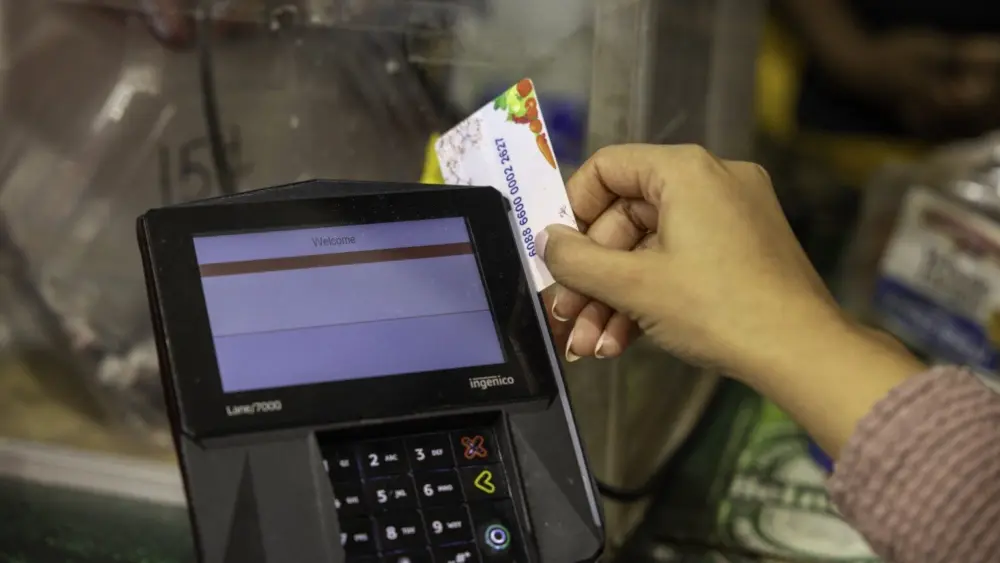The new recommendations streamline guidance across multiple illnesses
“This updated respiratory virus isolation guidance reflects that we’re in a better place now in the COVID-19 pandemic,” said Dr. Tao Sheng Kwan-Gett, Chief Science Officer, DOH. “But while life is returning to normal in many ways, we must remember that for many in our community with chronic conditions and weakened immune systems, respiratory virus infections such as COVID-19, flu, and RSV remain a deadly threat. Each week, more than a dozen people in our state lose their lives to COVID-19 each week. We must not rest until that number is zero.”
One of the most significant guidance changes is how long someone should stay home and away from others after contracting COVID-19, flu, RSV, or other respiratory viruses. While previous COVID-19 guidance recommended people isolate for at least 5 full days after symptoms appeared, the new guidance recommends people return to normal activities when their symptoms are getting better overall, and they have not had a fever (without having to use fever-reducing medication) for at least 24 hours. It is important to remember people can still be contagious even when their symptoms have improved:
- People with COVID-19 can be contagious for 5-10 days after their illness begins.
- People with flu can be contagious for up to 5-7 days after their illness begins.
- People with RSV can be contagious for 3-8 days after their illness begins.
Because people can remain contagious even after they feel better, DOH recommends taking extra precautions during the first 5 days of returning to normal activities after COVID-19, flu, RSV, or other respiratory viruses. This includes wearing a mask, taking steps to improve air flow and filtration, frequent hand washing, regular cleaning, physical distancing, and, if possible, testing when you will be around other people indoors.
DOH’s new respiratory illness guidance also offers recommendations to prevent spreading infection to people at higher risk of getting very sick, such as older adults and people with weakened immune systems. These recommendations include staying away from high-risk people:
- For 10 days after symptoms of infection start, or for people who never develop symptoms, for 10 days since testing positive for COVID-19, OR
- Until receiving a negative result from a COVID-19 antigen test, (for COVID-19.)
While DOH’s new COVID-19 and respiratory illness guidance is meant to provide baseline recommendations, Washington residents are asked to follow any local health jurisdiction, workplace, business, or school policies that may provide more protective guidance specific to their setting or community. Employers must follow Washington State Department of Labor & Industries COVID-19 requirements in the workplace. Additionally, the new DOH guidance does not apply to health care settings. People who are staying, working, or visiting in a health care setting, long-term care facility, or residential care setting should follow the guidance in COVID-19 Infection Prevention in Health Care Settings, and the flu guidance for health care settings and long-term care facilities provided by the CDC.
The DOH website is your source for a healthy dose of information. Find us on Facebook, Instagram, and follow us on X (formerly Twitter). Sign up for the DOH blog, Public Health Connection.




